Increased Regulatory Scrutiny
Regulatory pressures are intensifying within the Insurance Fraud Detection Market, as governments and regulatory bodies implement stricter guidelines to combat fraud. Insurers are now required to adopt comprehensive fraud detection measures to comply with these regulations, which often include reporting suspicious activities and maintaining detailed records. This heightened scrutiny not only increases operational costs for insurers but also drives the demand for advanced fraud detection systems that can ensure compliance. As regulatory frameworks evolve, the Insurance Fraud Detection Market is expected to grow, as companies seek to align their operations with legal requirements while minimizing the risk of penalties associated with non-compliance.
Rising Incidence of Fraudulent Claims
The increasing prevalence of fraudulent claims is a primary driver for the Insurance Fraud Detection Market. As insurance companies face mounting pressure from fraudulent activities, the need for robust detection mechanisms becomes paramount. Reports indicate that insurance fraud costs the industry billions annually, with estimates suggesting that up to 10% of claims may be fraudulent. This alarming trend compels insurers to invest in advanced technologies and analytics to identify and mitigate fraudulent activities. Consequently, the demand for sophisticated fraud detection solutions is likely to surge, as companies seek to protect their financial interests and maintain customer trust. The Insurance Fraud Detection Market is thus positioned for growth, driven by the urgent need to combat rising fraudulent claims.
Expansion of Digital Insurance Platforms
The expansion of digital insurance platforms is reshaping the Insurance Fraud Detection Market. As more consumers turn to online channels for purchasing insurance, the volume of digital transactions increases, presenting new opportunities for fraudulent activities. Insurers are compelled to implement advanced fraud detection solutions that can effectively monitor and analyze online transactions in real-time. The digital insurance market is projected to grow substantially, with estimates indicating a potential increase in online policy sales by over 30% in the next few years. This trend necessitates the development of sophisticated fraud detection systems tailored for digital environments, thereby driving growth in the Insurance Fraud Detection Market.
Growing Awareness of Fraudulent Activities
The growing awareness of fraudulent activities among consumers and businesses is a significant driver for the Insurance Fraud Detection Market. As individuals become more informed about the tactics employed by fraudsters, they are more likely to report suspicious claims and seek out insurers that prioritize fraud prevention. This shift in consumer behavior encourages insurance companies to enhance their fraud detection capabilities, thereby fostering a more secure environment for policyholders. Additionally, educational initiatives aimed at raising awareness about insurance fraud are likely to contribute to the growth of the Insurance Fraud Detection Market, as they empower consumers to take an active role in fraud prevention.
Technological Innovations in Fraud Detection
Technological advancements play a crucial role in shaping the Insurance Fraud Detection Market. Innovations such as artificial intelligence, machine learning, and big data analytics are transforming how insurers detect and prevent fraud. These technologies enable the analysis of vast amounts of data in real-time, allowing for the identification of suspicious patterns and behaviors that may indicate fraudulent activity. The market for AI in insurance is projected to grow significantly, with estimates suggesting a compound annual growth rate of over 40% in the coming years. As insurers increasingly adopt these technologies, the Insurance Fraud Detection Market is likely to expand, driven by the need for more efficient and effective fraud detection solutions.
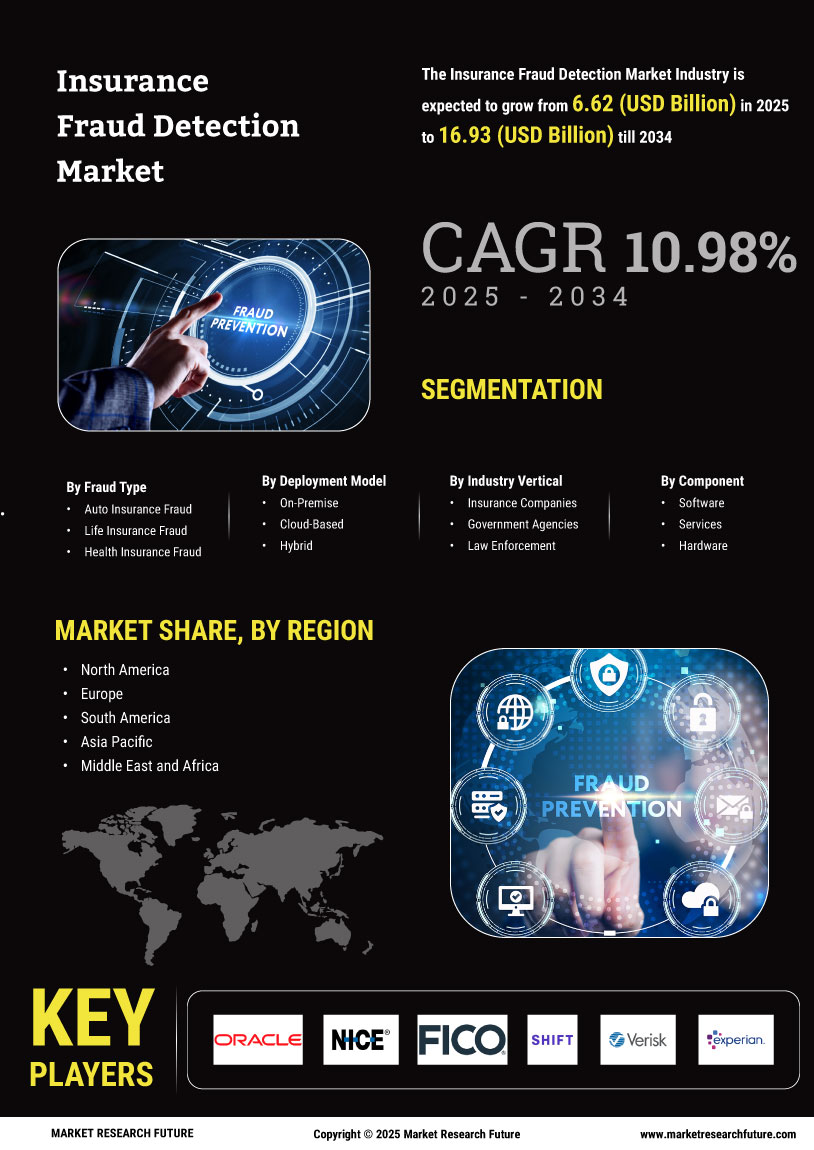

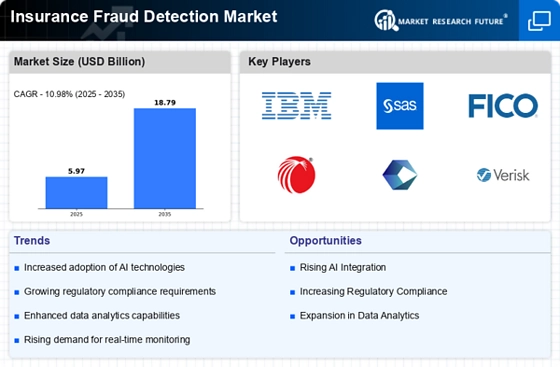
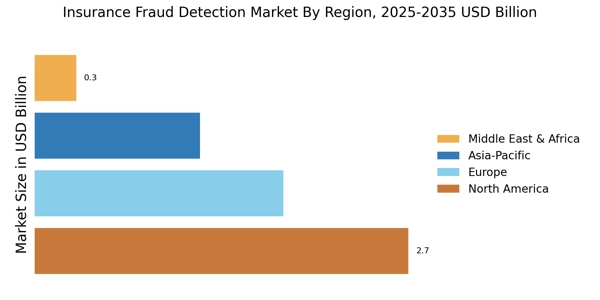
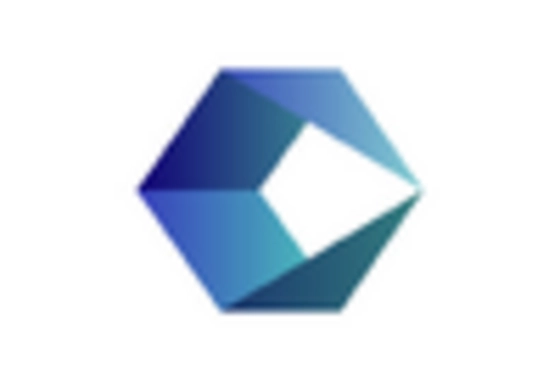
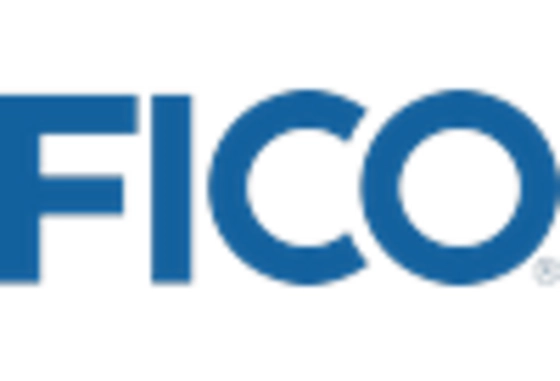



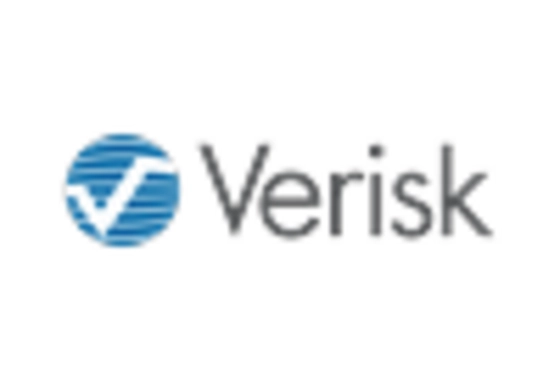








Leave a Comment